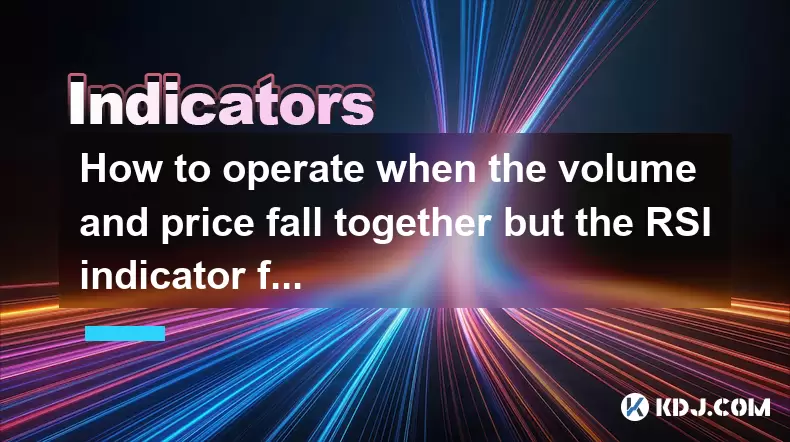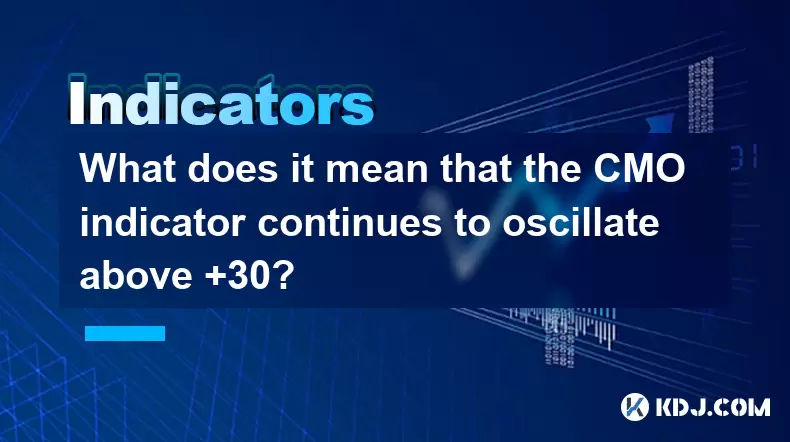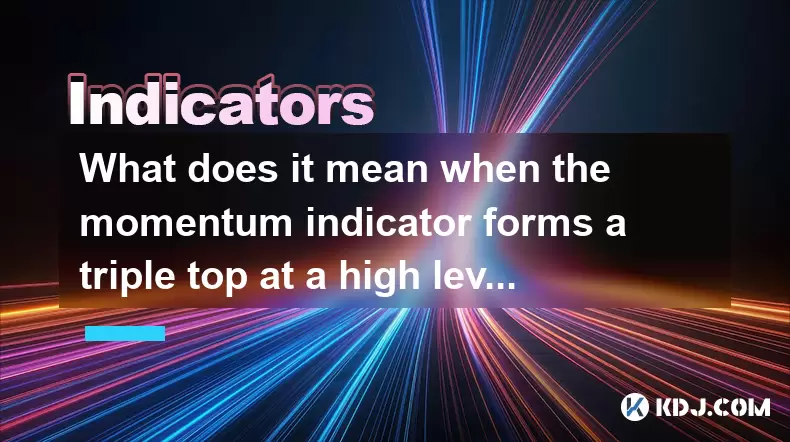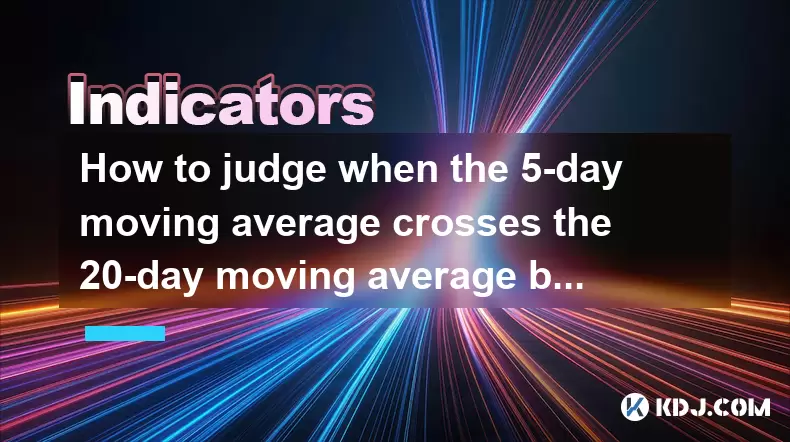-
 Bitcoin
Bitcoin $105,953.9980
3.06% -
 Ethereum
Ethereum $2,445.3292
6.68% -
 Tether USDt
Tether USDt $1.0006
-0.03% -
 XRP
XRP $2.1968
7.03% -
 BNB
BNB $643.2903
2.13% -
 Solana
Solana $144.2799
3.82% -
 USDC
USDC $1.0000
-0.03% -
 TRON
TRON $0.2739
0.49% -
 Dogecoin
Dogecoin $0.1642
4.47% -
 Cardano
Cardano $0.5834
5.49% -
 Hyperliquid
Hyperliquid $38.0741
2.80% -
 Sui
Sui $2.7741
7.56% -
 Chainlink
Chainlink $13.4107
11.26% -
 Bitcoin Cash
Bitcoin Cash $450.4828
-0.61% -
 UNUS SED LEO
UNUS SED LEO $9.1301
0.64% -
 Stellar
Stellar $0.2476
5.49% -
 Avalanche
Avalanche $18.0637
5.09% -
 Toncoin
Toncoin $2.9066
2.43% -
 Shiba Inu
Shiba Inu $0.0...01160
4.01% -
 Hedera
Hedera $0.1527
8.00% -
 Litecoin
Litecoin $84.6122
2.37% -
 Monero
Monero $317.6076
5.76% -
 Ethena USDe
Ethena USDe $1.0008
0.02% -
 Polkadot
Polkadot $3.4519
5.27% -
 Dai
Dai $1.0000
-0.03% -
 Bitget Token
Bitget Token $4.2835
5.62% -
 Uniswap
Uniswap $7.0443
9.78% -
 Pepe
Pepe $0.0...09964
7.41% -
 Pi
Pi $0.5391
4.64% -
 Aave
Aave $264.1743
11.26%
What does it mean that the ATR indicator suddenly doubles after hitting a new low this year?
A sudden ATR doubling after a yearly low signals heightened crypto volatility, often marking fear-driven selling or potential trend shifts.
Jun 24, 2025 at 11:57 pm

Understanding the ATR Indicator
The Average True Range (ATR) is a technical analysis indicator used to measure market volatility. Developed by J. Welles Wilder, ATR calculates the average price range between a security’s high and low over a specific period—typically 14 periods. It does not indicate the direction of price movement but rather how volatile the asset has been during that time. When traders observe a sudden doubling of the ATR, especially after hitting a new low for the year, it signals an abrupt increase in volatility.
This surge in ATR can be interpreted as a potential shift in market dynamics, where fear, uncertainty, or significant selling pressure may have triggered rapid price movements. In cryptocurrency markets, which are known for their inherent volatility, such changes often precede notable price swings or trend reversals.
What Happens When ATR Doubles After a New Low?
A situation where the ATR doubles shortly after a new yearly low suggests that the asset experienced a sharp increase in trading range following a period of relatively lower volatility. This could occur due to several reasons:
- Market capitulation: Traders and investors may panic-sell at lows, causing exaggerated price drops and increased volatility
- Whale activity: Large holders might dump or accumulate positions, creating rapid price fluctuations
- News events: Regulatory updates, exchange outages, or macroeconomic factors may influence investor sentiment suddenly
Such behavior is particularly relevant in crypto assets like Bitcoin or Ethereum, where large institutional players and algorithmic trading systems can exacerbate short-term volatility. The ATR's sudden jump indicates that the market is no longer in a steady downtrend but is entering a phase of uncertainty or re-evaluation.
How to Interpret This Signal in Cryptocurrency Trading?
In the context of cryptocurrencies, where volatility is both expected and exploited, a doubling ATR after a new low can serve as a warning or opportunity depending on the trader’s strategy.
- For day traders: A rising ATR may suggest tighter stop-loss settings and larger position-sizing adjustments to account for the increased risk
- For swing traders: The spike in ATR may signal the start of a new trend or consolidation phase, warranting closer attention to volume and support/resistance levels
- For long-term investors: A sudden rise in volatility after a prolonged downtrend could indicate oversold conditions and possible mean reversion
It's important to cross-reference this with other indicators such as RSI, MACD, or volume profiles to avoid false signals. For instance, if the RSI is below 30 and ATR spikes, it could point toward a potential bounce or reversal zone.
How to Adjust Risk Management When ATR Suddenly Increases?
Risk management becomes even more critical when ATR increases unexpectedly. Here’s how traders can adapt:
- Review stop-loss distances: With higher ATR, fixed stop-losses may get triggered prematurely; adjust based on current volatility
- Reassess position sizes: Reduce exposure if volatility exceeds historical norms to protect capital
- Use volatility-based trailing stops: Dynamically adjust exit points based on ATR readings
- Monitor open interest and funding rates: Especially in derivatives markets, these metrics can reveal whether the volatility is driven by shorts getting liquidated or longs building up
Ignoring volatility adjustments can lead to unnecessary losses, especially in leveraged positions. Traders should recalibrate their strategies to align with the current market environment rather than sticking rigidly to previous setups.
Historical Examples in Crypto Markets
There have been multiple instances in crypto history where ATR spiked dramatically after hitting yearly lows:
- Bitcoin in March 2020: Amid global market crashes, BTC fell sharply, and ATR surged, signaling extreme volatility before a major rally began
- Ethereum in June 2022: During the broader crypto sell-off, ETH hit multi-year lows, followed by a sharp ATR spike reflecting panic selling and exchange liquidations
- Altcoins in early 2023: Many mid-cap tokens saw ATR jumps after extended bear markets, indicating renewed interest or capitulation phases
These patterns illustrate how ATR can act as a lagging yet insightful volatility gauge, helping traders anticipate or react to heightened market activity. However, it must always be used in conjunction with other tools to form a comprehensive view.
Frequently Asked Questions
Can ATR alone predict a market bottom in cryptocurrencies?
No, ATR cannot predict market bottoms on its own. While a sudden increase in ATR after a new low can indicate heightened volatility or emotional trading, it doesn’t provide directional insight. It should be combined with other tools like RSI, volume analysis, or Fibonacci retracement levels for better accuracy.
Should I enter a trade immediately when ATR doubles after a new low?
Not necessarily. A doubling ATR only signals increased volatility. Entering a trade should depend on additional confirmation from price action, volume, and possibly candlestick patterns. Jumping in too soon without validation may expose you to whipsaw moves or false breakouts.
Does ATR behave differently across various crypto assets?
Yes. Smaller-cap altcoins tend to show more erratic ATR behavior compared to major coins like Bitcoin or Ethereum. This is because they have lower liquidity and are more susceptible to pump-and-dump schemes or whale manipulation. Always consider the asset’s typical volatility when interpreting ATR values.
Is ATR useful for options or futures trading in crypto?
Absolutely. In derivatives trading, ATR helps assess expected price ranges, which is crucial for setting strike prices, managing risk, and calculating premiums. High ATR values often correlate with increased open interest and volatility skew in options markets, making it a valuable metric for advanced traders.
Disclaimer:info@kdj.com
The information provided is not trading advice. kdj.com does not assume any responsibility for any investments made based on the information provided in this article. Cryptocurrencies are highly volatile and it is highly recommended that you invest with caution after thorough research!
If you believe that the content used on this website infringes your copyright, please contact us immediately (info@kdj.com) and we will delete it promptly.
- BlockDAG: The Cryptocurrency ROI Revolution
- 2025-06-25 06:45:12
- Layer 1 Crypto Token Presales: What's Hot in the NYC Crypto Scene?
- 2025-06-25 06:30:12
- Ethereum, Investors, and Memecoins: A Wild Ride on the Crypto Coaster
- 2025-06-25 06:30:12
- SEI Price Explodes: Is This Just the Beginning?
- 2025-06-25 07:05:13
- Meme Coins Mania: Arctic Pablo and the Hunt for Presale Gains
- 2025-06-25 06:50:13
- Mark Cuban, Meme Coins, and Scams: A Cautionary Tale
- 2025-06-25 07:05:13
Related knowledge

How to operate when the volume and price fall together but the RSI indicator forms a bottom divergence?
Jun 25,2025 at 04:29am
Understanding the Concept of RSI Bottom DivergenceWhen analyzing cryptocurrency price charts, traders often rely on technical indicators to spot potential reversals. One such signal is a bottom divergence in the Relative Strength Index (RSI). This occurs when the price makes a new low, but the RSI does not confirm that low and instead forms a higher low...

What does it mean that the CMO indicator continues to oscillate above +30?
Jun 25,2025 at 03:29am
Understanding the CMO IndicatorThe Chande Momentum Oscillator (CMO) is a technical analysis tool developed by Tushar Chande to measure momentum in financial markets. In cryptocurrency trading, the CMO helps traders identify overbought or oversold conditions and potential trend reversals. The oscillator ranges from -100 to +100, with values above zero in...

What does it mean that the ATR indicator suddenly doubles after hitting a new low this year?
Jun 24,2025 at 11:57pm
Understanding the ATR IndicatorThe Average True Range (ATR) is a technical analysis indicator used to measure market volatility. Developed by J. Welles Wilder, ATR calculates the average price range between a security’s high and low over a specific period—typically 14 periods. It does not indicate the direction of price movement but rather how volatile ...

What does it mean when the momentum indicator forms a triple top at a high level?
Jun 25,2025 at 03:15am
Understanding the Momentum Indicator in Cryptocurrency TradingThe momentum indicator is a widely used technical analysis tool that measures the rate of change in price movements over a specified period. In cryptocurrency trading, where volatility is high and trends can reverse rapidly, this indicator helps traders identify potential trend reversals or c...

How to judge when the 5-day moving average crosses the 20-day moving average but the RSI shows a top divergence?
Jun 25,2025 at 06:28am
Understanding the Basics of Moving Averages and RSIIn technical analysis, moving averages are essential tools used to identify trends in price movements. The 5-day moving average (MA) is a short-term indicator that reflects recent price action, while the 20-day MA offers a broader perspective over a longer period. When these two lines intersect, it's kn...

What does the divergence between the volatility indicator and the price indicate?
Jun 25,2025 at 06:07am
Understanding the Volatility IndicatorThe volatility indicator is a technical analysis tool used to measure the rate and magnitude of price movements in financial markets, including cryptocurrencies. It helps traders assess whether a market is experiencing high or low volatility, which can influence trading decisions. Common types of volatility indicato...

How to operate when the volume and price fall together but the RSI indicator forms a bottom divergence?
Jun 25,2025 at 04:29am
Understanding the Concept of RSI Bottom DivergenceWhen analyzing cryptocurrency price charts, traders often rely on technical indicators to spot potential reversals. One such signal is a bottom divergence in the Relative Strength Index (RSI). This occurs when the price makes a new low, but the RSI does not confirm that low and instead forms a higher low...

What does it mean that the CMO indicator continues to oscillate above +30?
Jun 25,2025 at 03:29am
Understanding the CMO IndicatorThe Chande Momentum Oscillator (CMO) is a technical analysis tool developed by Tushar Chande to measure momentum in financial markets. In cryptocurrency trading, the CMO helps traders identify overbought or oversold conditions and potential trend reversals. The oscillator ranges from -100 to +100, with values above zero in...

What does it mean that the ATR indicator suddenly doubles after hitting a new low this year?
Jun 24,2025 at 11:57pm
Understanding the ATR IndicatorThe Average True Range (ATR) is a technical analysis indicator used to measure market volatility. Developed by J. Welles Wilder, ATR calculates the average price range between a security’s high and low over a specific period—typically 14 periods. It does not indicate the direction of price movement but rather how volatile ...

What does it mean when the momentum indicator forms a triple top at a high level?
Jun 25,2025 at 03:15am
Understanding the Momentum Indicator in Cryptocurrency TradingThe momentum indicator is a widely used technical analysis tool that measures the rate of change in price movements over a specified period. In cryptocurrency trading, where volatility is high and trends can reverse rapidly, this indicator helps traders identify potential trend reversals or c...

How to judge when the 5-day moving average crosses the 20-day moving average but the RSI shows a top divergence?
Jun 25,2025 at 06:28am
Understanding the Basics of Moving Averages and RSIIn technical analysis, moving averages are essential tools used to identify trends in price movements. The 5-day moving average (MA) is a short-term indicator that reflects recent price action, while the 20-day MA offers a broader perspective over a longer period. When these two lines intersect, it's kn...

What does the divergence between the volatility indicator and the price indicate?
Jun 25,2025 at 06:07am
Understanding the Volatility IndicatorThe volatility indicator is a technical analysis tool used to measure the rate and magnitude of price movements in financial markets, including cryptocurrencies. It helps traders assess whether a market is experiencing high or low volatility, which can influence trading decisions. Common types of volatility indicato...
See all articles
























































































